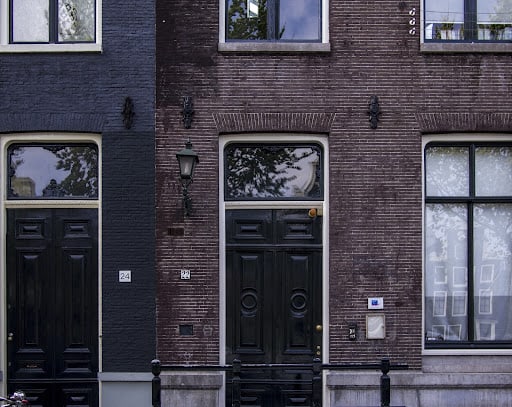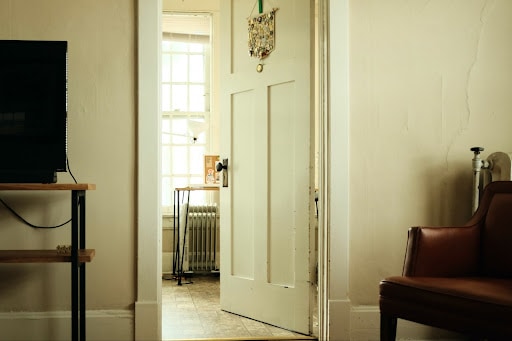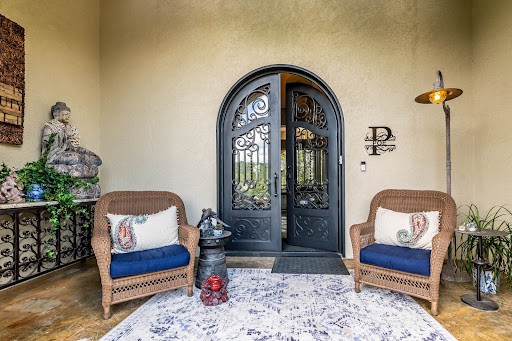Your security system can keep you protected from break-ins, burglary, and even fires, but only if you use it properly. This means activating your security system daily but also performing frequent maintenance checks. After all, if you’ve turned your system on but it fails to communicate with your monitoring provider, it completely defeats the purpose. Follow these tips to keep your security system in good shape and make sure you are protected at all times.
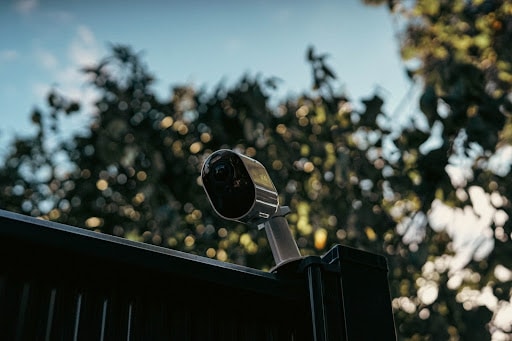
Check The Cameras
If your security system has cameras included, be sure to inspect them frequently. Be sure the cameras themselves are working and that the images or videos are being recorded in the security system.
Also be sure that no trees, bushes, or other objects are obstructing the camera’s view. Trees and bushes can also make an easy place for burglars to hide. Make sure your lawn is well maintained and that your address is not obstructed for emergency services to locate your home.
If your cameras are battery operated, make sure the batteries are fully charged.
Test the Control Panel
Every sensor’s signal passes through your security systems control panel. From here, it interprets each signal to determine whether to activate the alarm.
Every panel should have a test mode that runs a self-diagnostic test to make sure everything is working properly. Some security systems may require you to notify your monitoring service before running a diagnostic test. If your monitoring service requires this and you fail to do so, emergency services will be sent to your home.
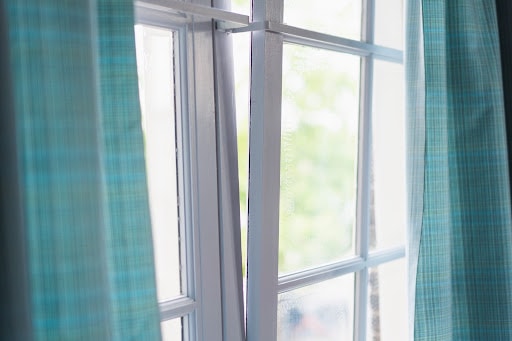
Check Your Sensors Frequently
Walk your premises once a week to check your doors and windows. Be sure the sensors are in place. Most of them use an adhesive that needs to be adjusted or replaced over time. Also, check the frame of the door and make sure there is no rotting, warping, or wearing of insulation that could make the door easier to break down.
As you check that your sensors are in place, make sure they are clear of dust and debris. Keeping your alarm sensors clean will ensure your system is working properly and improve its longevity. This is especially important if your security system has a motion detector sensor. A dusty, clouded motion sensor is more likely to falsely activate than a clear motion sensor.
Lastly, check that all the locks are working on your doors and windows. If you have electronic locks, check the batteries and replace them as needed.
Test Communication with Your Monitoring Service
It’s important to make sure that your sensors and cameras are connected to your security system but even more vital to check that your equipment is communicating with your monitoring service provider’s central station. Otherwise, nobody will know when to contact emergency services.
You’ll need to contact your monitoring services provider before beginning this process and ask them to put your security system in testing mode. If you don’t contact them first, they will think it’s a real emergency.
Press the panic button to make sure the alarm sounds. You can also open any doors or windows that have sensors to make sure they are working properly. Then, contact your monitoring provider to make sure your system is communicating with their central station.
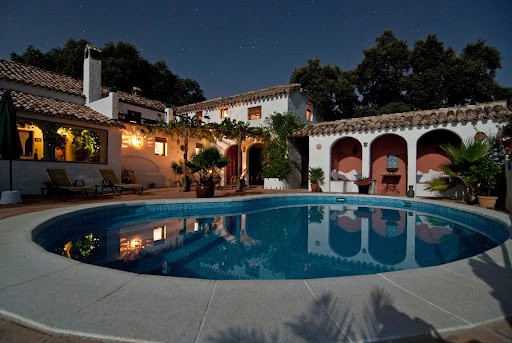
Overall Safety Checks
Check the lighting outside your home. You should have lighting around the whole perimeter of the house. Replace any missing light bulbs and make sure any motion detector lights are functioning properly.
Test your fire alarm to make sure it’s working properly and replace any batteries that are running low. Your fire alarm probably has a carbon monoxide detector built in, but if you have a separate device for this, check that it is also working properly.
Keep fire extinguishers on every level of the home, being sure to keep one in the kitchen. Inspect these extinguishers every month and get them serviced if the pressure gauge reads low.
Lastly, Explain safety procedures to any children in the house, such as fire escape plans. Review house rules with any children in the house. This may include never letting strangers into the house or never giving strangers personal information.
Keeping your security system up to date is one of the most important things you can do to stay safe in your home. If your system isn’t communicating with the sensors and cameras throughout your house, it serves more as decoration than protection. Even more importantly, if your system isn’t communicating with your monitoring provider, no one will know to contact emergency services.
At Pop-A-Lock, your safety is our number one priority. Click here to learn our top tips on smart security systems.

